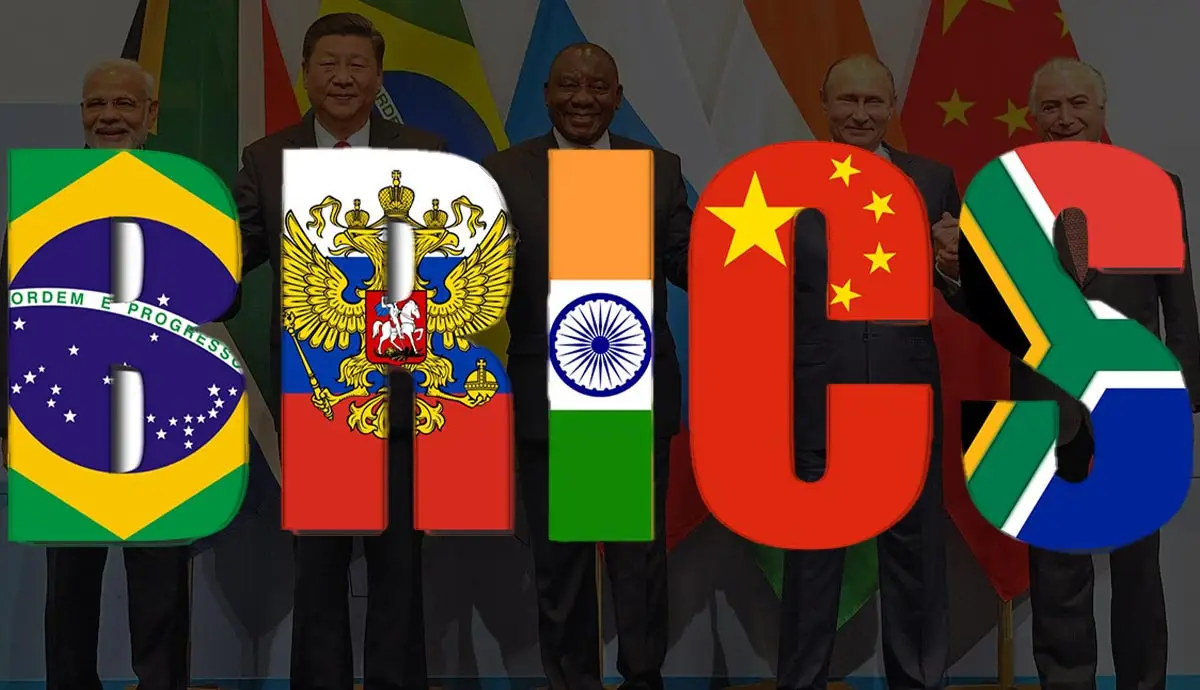|
Getting your Trinity Audio player ready...
|
- BRICS Nations Counteract Rising USD with Strategic Dollar Sales
The Indian rupee’s recent plunge to a record low of 84.13 against the US dollar has sparked concerns within the Reserve Bank of India (RBI). Reuters reports suggest the RBI may be actively selling millions of dollars in the open market to arrest the rupee’s fall. This move reflects a wider trend within the BRICS (Brazil, Russia, India, China, South Africa) economic bloc, where member nations are accused of strategically selling US dollars to bolster their local currencies.
India’s Defensive Measures: Protecting the Rupee from Depreciation
Sources close to the RBI, speaking on condition of anonymity, revealed the central bank’s desire to prevent the rupee from falling below a critical threshold of 84.15. Similarly, private bank traders echoed this sentiment, suggesting it’s “highly unlikely” that the RBI will allow further depreciation beyond this level. This concerted effort highlights India’s commitment to currency stability and its potential impact on its import-export sector.
The BRICS Challenge: De-Dollarization and the Rise of Local Currencies
A strengthening US dollar presents a significant challenge for BRICS member nations. A rising USD can negatively impact their economies by inflating import costs and hindering the competitiveness of exports. This scenario contradicts the core objective of the BRICS alliance, which actively promotes de-dollarization – a move away from relying solely on the US dollar in global trade.
Beyond India: A Broader BRICS Strategy Against Dollar Dominance
The strategic selling of USD by India is likely part of a broader strategy within the BRICS bloc. By bolstering local currencies, these nations aim to weaken the US dollar’s global dominance and pave the way for increased inter-BRICS trade using their respective currencies. This approach, if successful, could encourage other countries to consider de-dollarization, potentially reshaping the global financial landscape.
Uncertainties and Potential Ramifications
While the BRICS strategy may offer economic advantages for member nations, its long-term impact on the global financial system remains unclear. Potential disruptions in trade patterns and currency volatility are concerns that require careful consideration. It will be interesting to observe how the US and other major economies react to this emerging trend, and whether the BRICS’ de-dollarization initiative can gain widespread traction.
Disclaimer: The information in this article is for general purposes only and does not constitute financial advice. The author’s views are personal and may not reflect the views of Chain Affairs. Before making any investment decisions, you should always conduct your own research. Chain Affairs is not responsible for any financial losses.
I’m your translator between the financial Old World and the new frontier of crypto. After a career demystifying economics and markets, I enjoy elucidating crypto – from investment risks to earth-shaking potential. Let’s explore!




